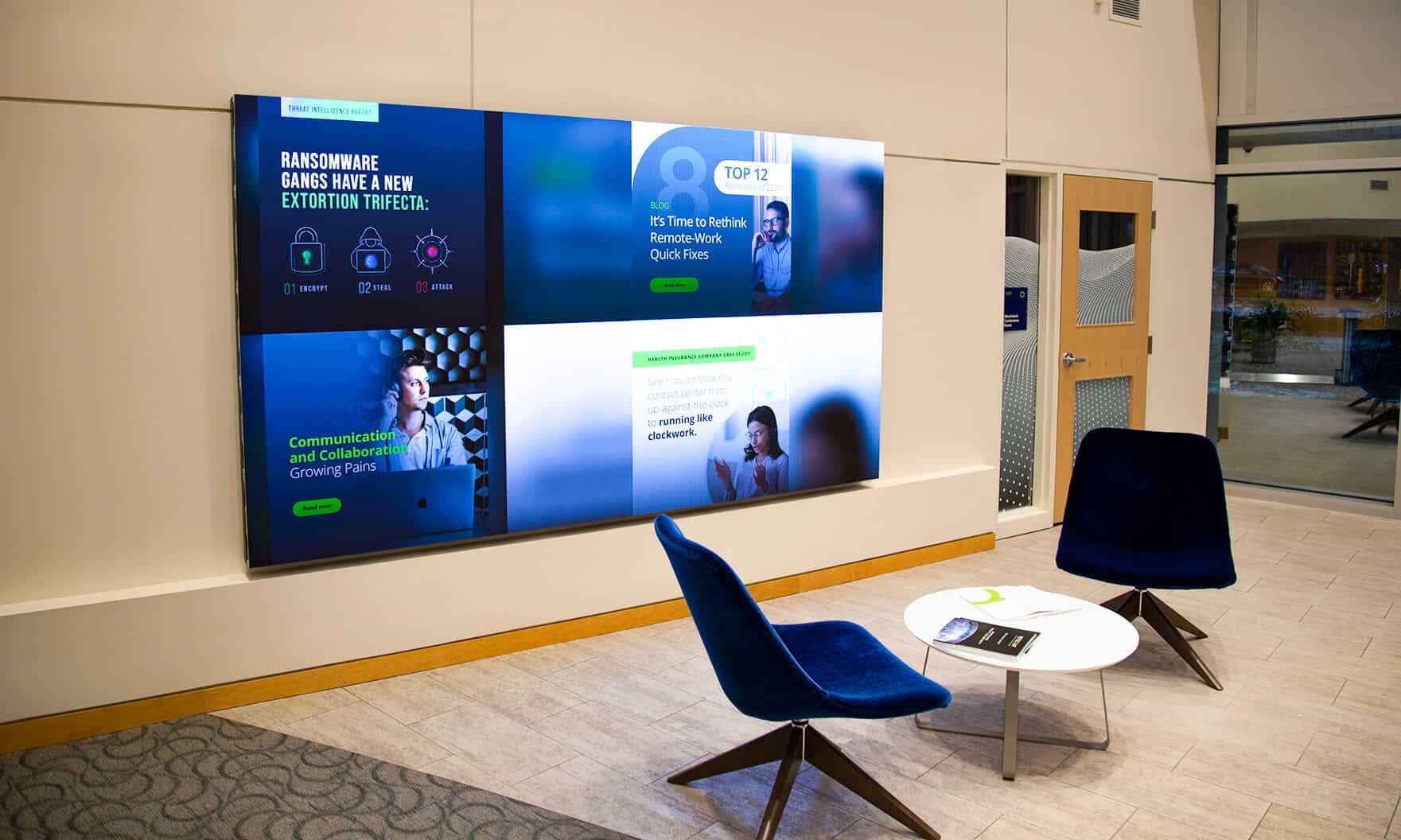Light Emitting Diode wall panels are increasingly popular in various settings, from residences to businesses and communal areas. Such screens are recognized for their bright and vibrant displays, which make these suitable to communicating data, ads, as well as entertainment. However, understanding the brightness measurements of LED wall screens remains crucial to guaranteeing optimal display efficacy. Illumination can be quantified using units called nits, that show the amount of luminosity produced by a screen. A higher the number of nits, the brighter more luminous the display will be. For instance, instance, one screen with 1,000 candelas is significantly brighter compared to a featuring 500 nits, rendering it more suitable for brightly lit settings.

When selecting a Light Emitting Diode panel screen, it is important to consider the environment where that the screen will be placed. In brightly illumined spaces, like retail environments and open-air locations, a higher brightness level is necessary for guaranteeing clarity. On the other hand, within dimmer settings, like cinemas and conference rooms, a diminished illumination level may suffice. This is because excessive brightness in a dark environment can result in viewer discomfort among the audience, causing them more difficult for concentrate with a screen. Therefore, understanding specific specific requirements of the installation location can help in choosing the right brightness level for optimal viewing experience.
Another important factor to consider is the contrast ratio of an LED panel screen. This ratio measurement indicates how much disparity between the brightest white versus the darkest black shade which a panel can produce. A higher contrast proportion means that the display is capable of show more detail and depth, thereby improves general visual clarity. For example, a screen boasting a differential proportion of 10,000:1 will display visuals featuring greater brilliant hues and crisper features than a with a ratio at one thousand to one. Such becomes particularly important when displaying visuals or videos that demand greater definition and detail, such as slideshows and advertising material.
Moreover, the technology that drives Light Emitting Diode panel panels plays a essential part in their brightness as well as total efficiency. Different kinds in LED methods, including OLED and Liquid Crystal Display, possess distinct characteristics that impact how luminosity is experienced. OLED panels often provide better contrast as well as click this link here now darker blacks, which may improve a visual experience within dim settings. On the other hand, traditional Light Emitting Diode screens may be better in bright spaces because of the ability to produce greater amounts of brightness. Comprehending such technological differences can guide consumers to making knowledgeable choices based on specific individual needs.
Finally, consistent maintenance and adjustment for LED wall screens can help preserve optimal brightness as well as efficacy over time. Dirt and particles may build up in the surface, impacting its brightness as well as sharpness of the visual. Regular cleaning and professional calibration can guarantee that the screen operates in top best, offering consistent visual quality. Moreover, some advanced Light Emitting Diode discover here panel panels feature with built-in options that enable operators to adjust brightness levels and hue settings based on individual preferences. Through implementing these steps, operators can guarantee that their Light Emitting Diode wall screens provide the optimal display efficiency, no matter the environment where that these are used.